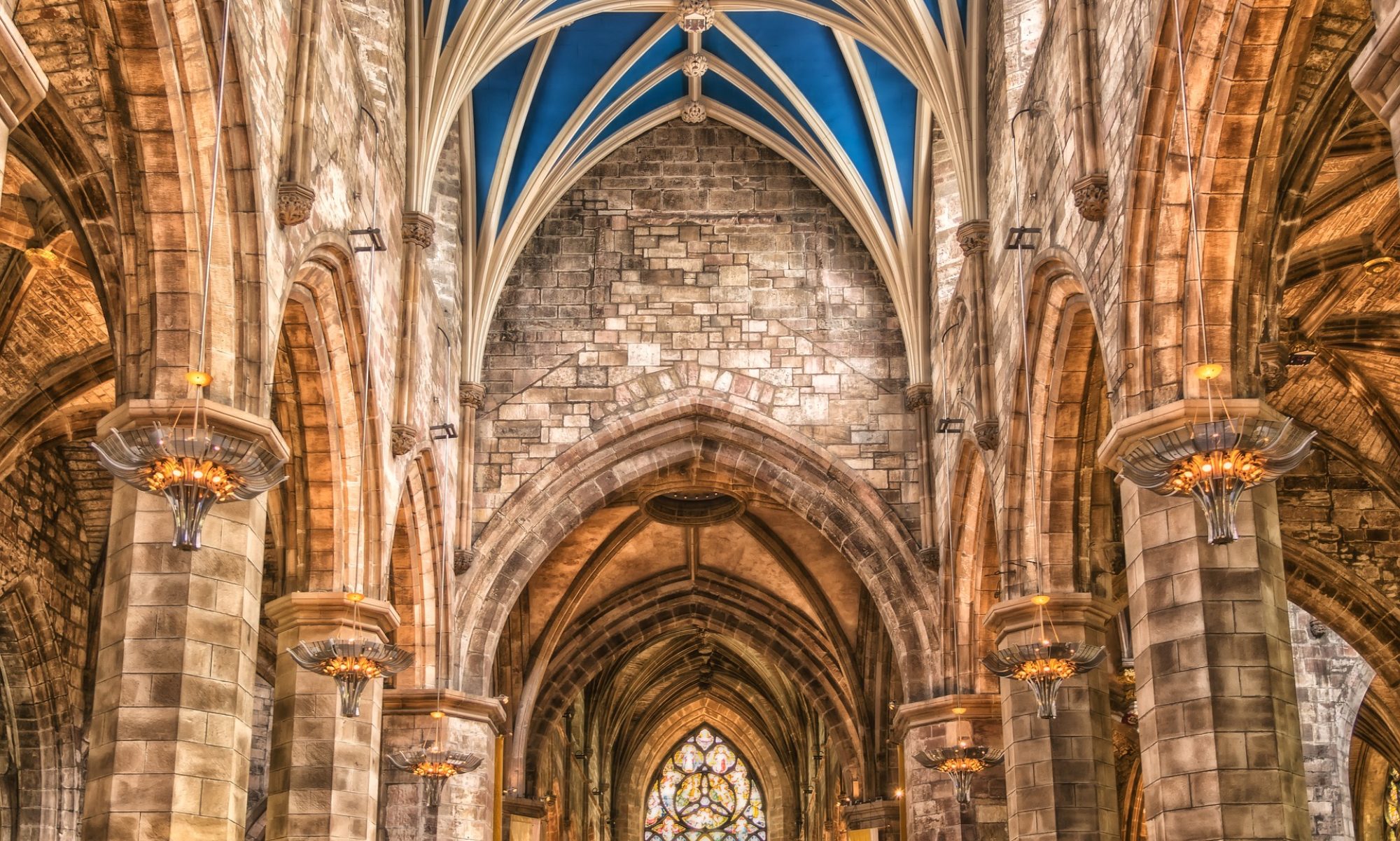Last week saw the overlapping of two interwoven anniversaries: the 85th birthday of Joseph Ratzinger and the 7th year from the beginning of his pontificate. Special concerts, commemorative books, and scores of messages reached the Pope to wish him all the best. He even received a visit from the Italian Prime Minister Mario Monti and his cabinet ministers who wanted to wish him a happy birthday in a personal meeting. On the whole, though, the Pope did not “sell” his private celebration to the media and lived it in the usual reserved way.
An Octogenarian Pope
85 years is a remarkable age for the papal office. He is now the oldest pope since Leo XIII (1810-1903). He may well be the oldest “monarch” reigning on earth. In recent months, there have been rumors of his willingness to retire out of tiredness of old age. He has began using a cane for walking on his own. For the long liturgical processions, he is now using a treadmill. After his international travels, he always makes sure that time is reserved to rest and recover. Yet the pace of his daily schedule would defy the resistance of most 40-something men.
The leadership of the Roman Catholic Church always relies on the delicate balance between the personal charisma and involvement of the Pope and the bureaucracy of the Vatican curia, now lead by the Secretary of State, Cardinal Tarcisio Bertone. It seems that Ratzinger pays more attention to the preparation of his speeches, homilies and written works than to the daily operations of the Vatican organizational machinery. In recent months there have been various setbacks (e.g. leaks on sharp conflicts within Vatican offices and flawed financial projects) that have been partially explained by Ratzinger’s somewhat distant leadership.
A “Catholic” Pontificate
Perhaps the most interesting thing to reflect on is the trajectory of his pontificate now in its seventh year. Benedict’s reign cannot be properly assessed if it’s not viewed in continuity with his previous career.
Ratzinger has been one of the pivotal figures in the theological and ecclesiastical scene following Vatican II. He has been considered “progressive” in his youthful theological engagement for the renewal of the Church, and then “conservative” in his long-term service to his Church as Prefect of the Congregation for the Doctrine of Faith (1981-2005). Ratzinger is often pictured as if he were the left wing theologian who became right wing in his mature years. These labels, of course, do not account for the “catholicity” of Ratzinger’s theology, which is both traditional and aggiornata (i.e. updated). In assessing Ratzinger’s pontificate and theology as a whole, it is dangerous to contrast traditionalism and progressivism as if they were disrupting and conflicting trends within his work. There may have been different emphases and concerns between various stages of his career, but the tale of the conversion from radical theologian to the inflexible watchdog of orthodoxy is naive.
How do we account then for this change of attitudes and concerns? It depends on what kind of paradigm we use to interpret the theological flow of the RC Church. In its theological genius, present-day Roman Catholicism is “catholic” in the sense of embracing both the highest respect for the given heritage of the Church, and the strenuous attempt to find new ways of articulating it and living it out. The outcome is a dynamic synthesis which holds different elements together within the all-embracing system. Ratzinger well epitomises this kind of catholicity – strongly rooted in the tradition of the Church and yet also vigorously engaged in the challenges of the modern world.
The motto of the theological journal Communio, with which he has been associated since 1972, neatly sums up his theological vision: “a program of renewal through the return to the sources of authentic tradition”. In other words, it is not just repetition of a given heritage, but renewal through fresh re-appropriation of biblical, patristic, liturgical, and sacramental sources.
Catholicity can take many different turns. John Paul II’s catholicity was more global in extension, Thomist in theology, charismatic in character, and Marian in spirituality. Benedict XVI’s is more Western in focus, Augustinian in teaching, reserved in style, and liturgical in scope. But they both contribute to the overall catholicity of the Roman Church.
A “Western” Pontificate
The other prominent feature of this pontificate is its attention on the West. Whereas John Paul II stretched the globalization of the Roman Catholic Church, Ratzinger has been putting the West at center stage of its focus.
His on-going critical conversation with the dangers of cultural relativism and the typically Western tendency to get rid of its “roots” or “heritage” is key to understanding the entire pontificate. While it is not always clear to what extent his critique of Western culture is also a defense of the constantinian status quo, he has somewhat corrected positive, yet overtly sentimental views of the modern world which were instead present at Vatican II.
Ratzinger’s decision to create a brand new Pontifical Council dedicated to the New Evangelization is a move that has the West as its main target. What is at stake is the re-attraction of the millions of those baptized in the Church who are now wandering away from it. Although they are sacramentally part of the Church, many of them are far from it. The New Evangelization, therefore, is a means to recall them back to the fold.
John Paul II labored to stretch the borders of the Church, but Benedict XVI is working towards reinforcing its historical center. The bet on the West is Ratzinger’s bet. His pontificate will stand or fall on it.
Leonardo De Chirico
leonardo.dechirico@ifeditalia.org
Rome, 27th April 2012

